Sybil's Cave
The remains of a 19th century spring, and the site of an infamous unsolved murder.
Back in the mid-19th century, Hoboken was something of a rural retreat, and the highlight was the Elysian Fields park along the Hudson River where people could stroll and enjoy the view of the ships and the growing Manhattan skyline beyond. And for a pause, the Victorian era visitors stopped by Sybil’s Cave, a spring carved in the hill.
The manmade cave was excavated 30 feet to a natural spring in 1832, and then an elaborate Gothic-style entrance was built in front of it. Visitors could sit down at a table and spend a penny on a cool glass of spring water, which by one 19th century report was described as “slightly impregnated with magnesia.”
Yet the real surge of visitors came in the summer of 1841 when Mary Rogers, known in the press as the “Beautiful Cigar Girl,” was found murdered near Sybil’s Cave, a crime which to this day has not been solved. Spurred by the tabloid press, gawkers came in hordes, and even increased in number after the suicide by poison by her fiancé Daniel Payne near the cave, after he was tormented by the accusations and the grief.
However, after the grisly fame faded and the Victorian strollers departed, the area turned to industry and the cave was destroyed in the 1930s. The waterfront was taken over by warehouses, and it wasn’t until 2007 that the cave was again excavated after some explorers rediscovered it after intense searching. Now a new gate has been built to replicate its former glory, although few people come to stop at what was once Hoboken’s favorite respite.

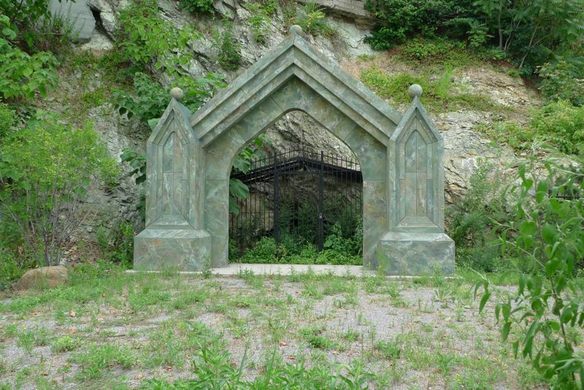
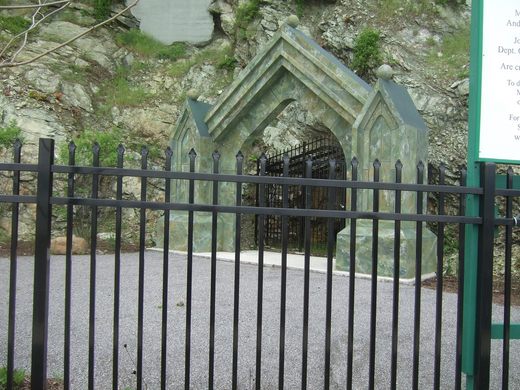
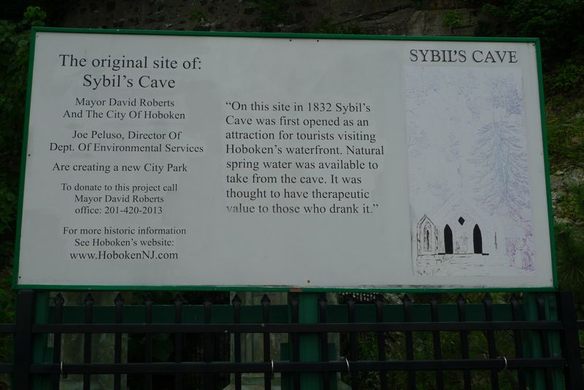
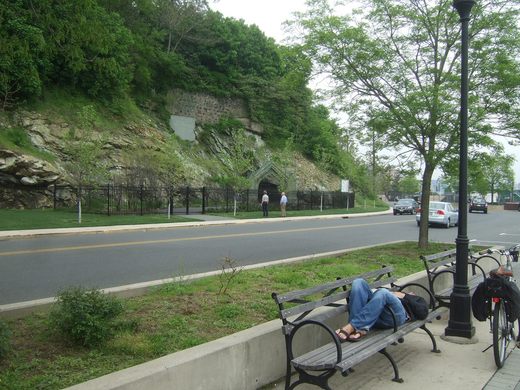
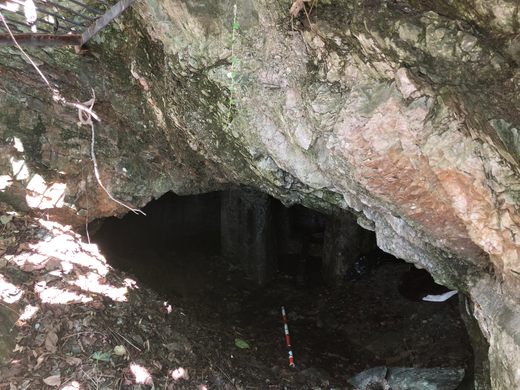








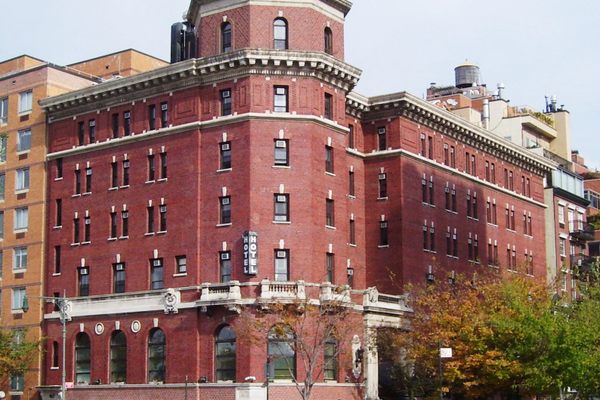





Follow us on Twitter to get the latest on the world's hidden wonders.
Like us on Facebook to get the latest on the world's hidden wonders.
Follow us on Twitter Like us on Facebook